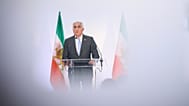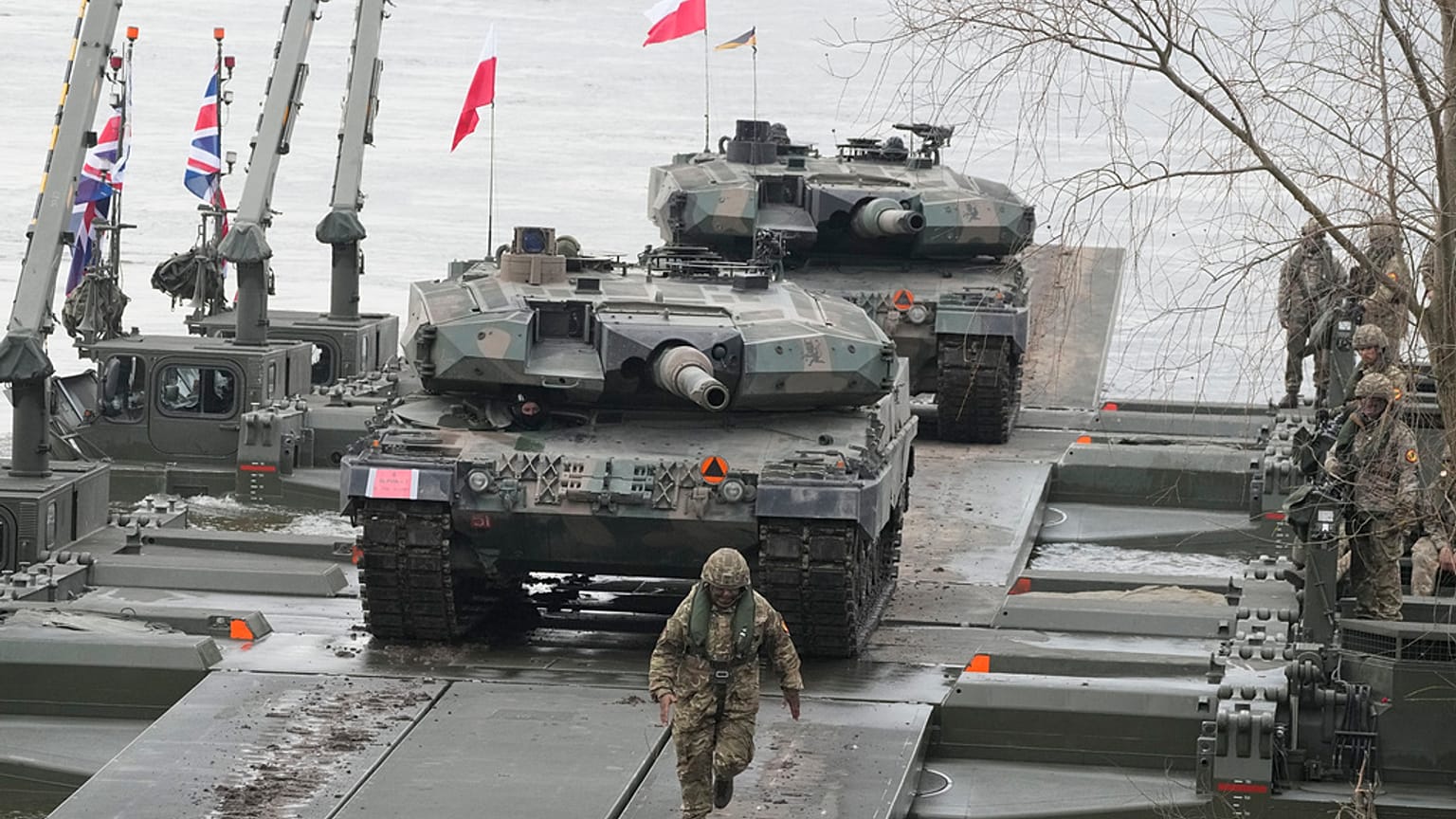Defence and security outlay across Europe increased by 16% from 2022 to 2023, with Poland more than doubling its arms budget since 2014.
Military spending in Central and Western Europe is now higher than the last year of the Cold War, a new report has found.
According to new data released by the Stockholm International Peace Research Institute (SIPRI), Europe has seen a widespread surge in military spending since the start of 2022, reaching a total of €552 billion in 2023.
The increase is 16% more than the countries concerned spent in 2022, and 62% more compared to 2014, where spending was €330 billion.
All but three European NATO member countries – Greece, Italy and Romania – increased their military expenditure in 2023.
Lorenzo Scarazzato, a research assistant from SIPRI, explained to Euronews that military spending in Europe has been rising every consecutive year since 2014, when Russia annexed Crimea.
That initial action and the full-fledged invasion of Ukraine in 2022 has led governments in Europe to increase their defence budgets at an unprecedented rate.
"There is no doubt that in 2023, the main driver for increases in military spending in Europe kept being the full-scale invasion of Ukraine by Russia," Scarazzato said.
Spending highest in Western and Central Europe
The trend of Western and Central European countries increasing their military budgets is largely in reaction to an increase in Russian expenditure, according to the SIPRI.
The UK was the largest military spender in Europe in 2023, with arms purchases making up 2.3% of its gross domestic product (GDP).
The British Ministry of Defence announced this year it would increase this figure to 2.5%, although Chancellor of the Exchequer Jeremy Hunt has conceded its domestic economic conditions mean it is yet to achieve this goal.
Germany has also increased its military expenditure, the figure growing by an enormous 48% from 2014 to 2023.
In 2022, the German government established an extra-budgetary fund to meet the NATO target of 2% of its GDP being spent on defence annually – a target that the country signed up for in 2014, but did not achieve until this year.
German Chancellor Olaf Scholz publicly committed to transforming his country's attitude to defence and security three days after the invasion of Ukraine.
Making a speech in parliament that described the moment as "Zeitenwende" (turning point), Scholz pledged to dramatically increase his country's defence spending and reform its army.
The eastern frontier
Whilst Western European countries still make up the bulk of the continent's total military spending, central European countries are making their largest contribution to Europe's defence outlay since the end of the Cold War.
Poland made Europe's largest proportional increase in its defence spending between 2022 and 2023, spending 3.8% of its GDP on defence in 2023 – still short of its declared goal of 4%.
Poland has long made increasing its defence spending a priority. Polish President Andrzj Duda called on NATO members to ramp up their spending earlier this month, citing concerns that Russian President Vladimir Putin was preparing to attack NATO in upcoming years.
"There is a trend that highlights how countries bordering or close to Russia and Ukraine witnessed some of the acutest increases in the decade," says Scarazzato. "It would be safe to assume that this is due to their heightened threat perceptions vis-à-vis the annexation of Crimea and the full-scale invasion of Ukraine."















